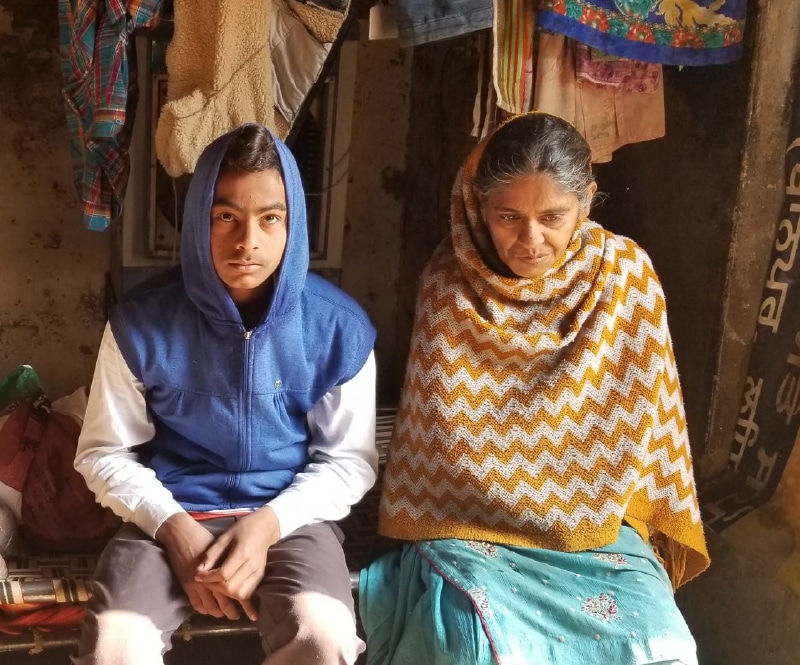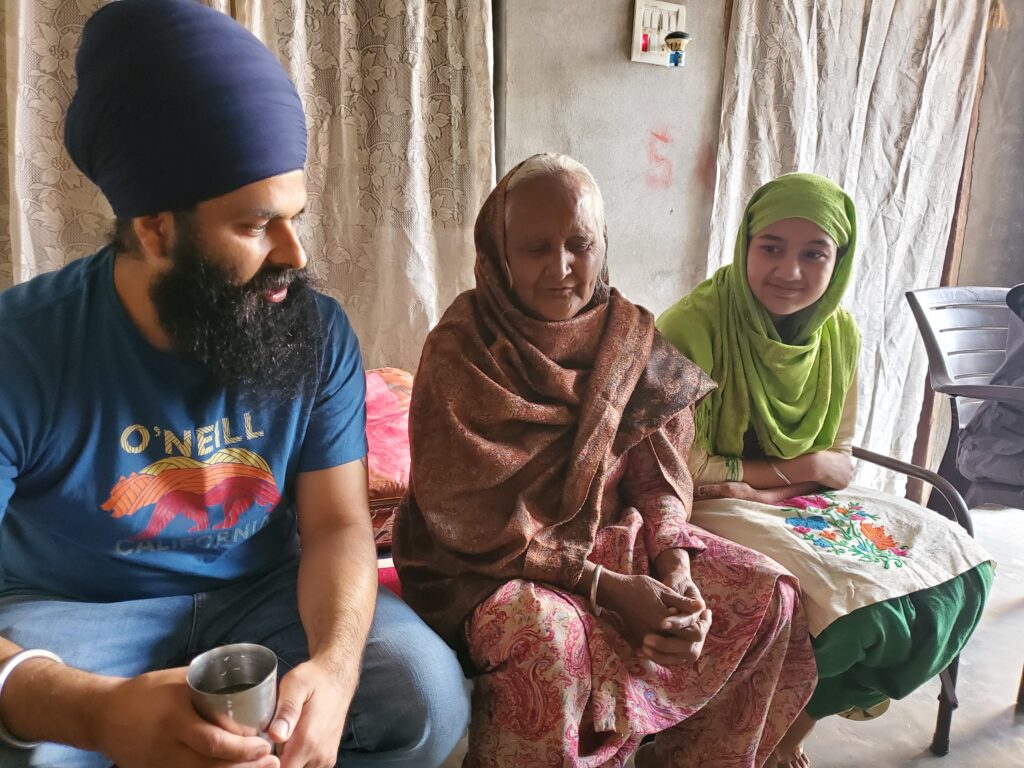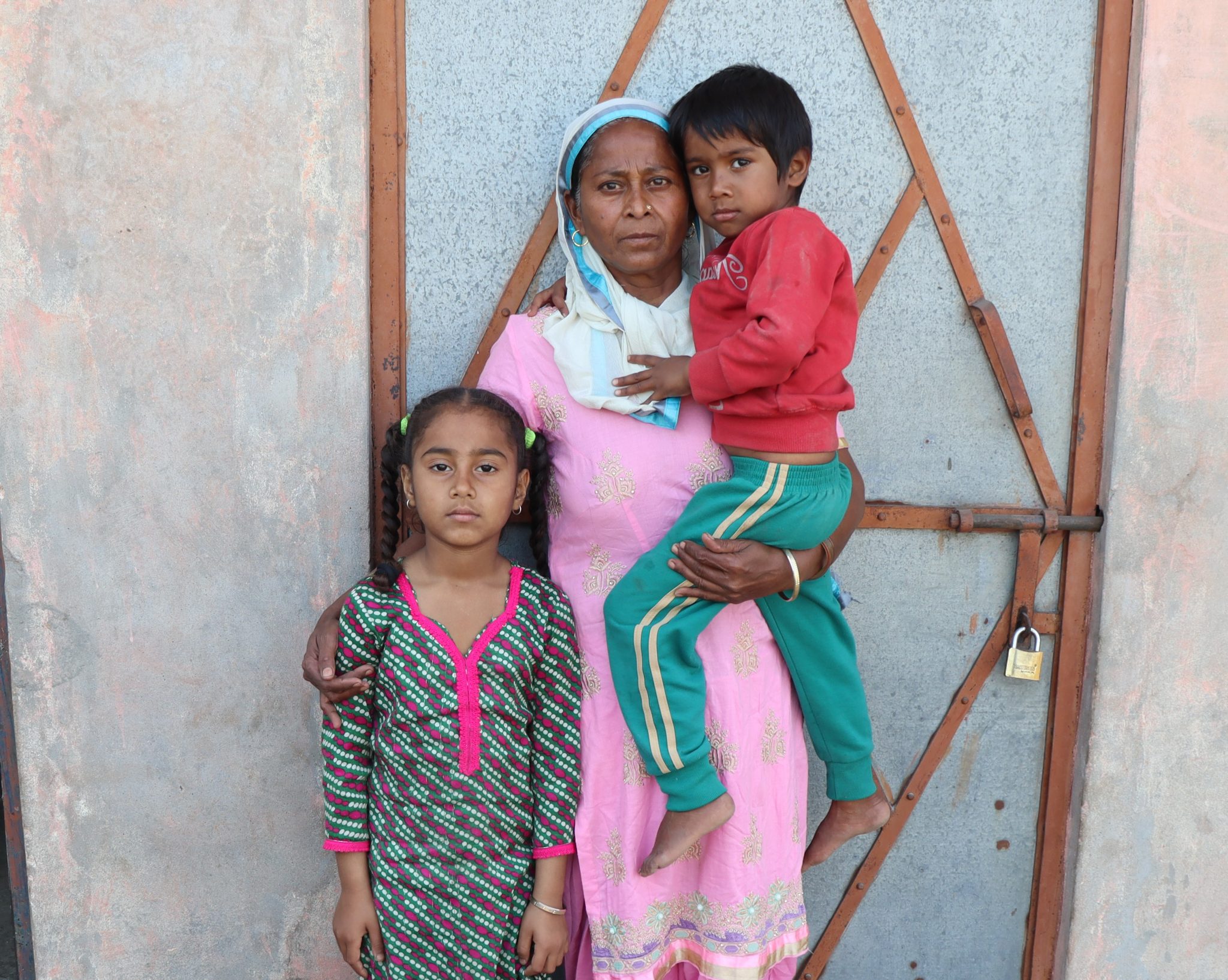13
April
Maharani Jind Kaur: The Last Sikh Queen
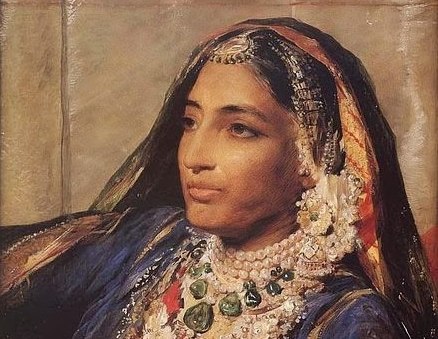
Maharani Jind Kaur, popularly known as Rani Jinda, the Queen of the Sikh Empire (1843-1846), was beautiful, complex, clever, imperfect and tough. Her bravery and love for the Panth Khalsa can be compared equally to Maharaja Ranjit Singh’s first mother-in-law, Rani Sada Kaur, who was just as brave and intelligent. The British had seen the entire episode of Maharaja Ranjit Singh becoming the King with the support and backing of Rani Sada Kaur. The intelligence and competence of Maharani Jind Kaur was no secret to the British. In order to dismantle the Sikh Empire and successfully rule over Panjab, the British knew Jind Kaur had to be put aside. After all the spying, infiltration and killings of Maharaja Ranjit Singh’s close family members – the British still had a stone unturned, Jind Kaur.
Jind Kaur had first hand experience of Sikh sovereignty during the Sikh Empire of Maharaja Ranjit Singh and it only taught her two things alike – to rule or to rebel. Her story is both tragic and inspirational in equal measures. She fought until her last breath to keep the legacy of her husband alive through her son Duleep Singh.
Who was Maharani Jind Kaur
Jind Kaur was the last wife of Maharaja Ranjit Singh, founder of the Sikh Empire, whose boundaries stretched from Kabul to Gurdaspur and north of Sutlej river. She was also the mother of the Maharaja Duleep Singh, the last ruler of the Sikh Empire.
She was born in Gujranwala, now in modern-day Pakistan in 1817. The entire town spoke about her beauty and intelligence, which led to Maharaja Ranjit Singh and Jind Kaur’s wedding in 1835, when she was just 18. She had been married two years when Duleep Singh took birth, a year before the death of Maharaja Ranjit Singh in 1838.
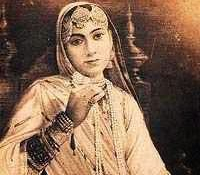
The fearless Maharani Jind Kaur
After Maharaja Ranjit Singh’s first three successors were assassinated, Duleep Singh was crowned the king at the age of five in 1843. Maharani Jind Kaur was made the acting head (regent) of the Sikh state, Duleep Singh being too young to rule. Dr. Ganda Singh quoted Lord Ellenbrough saying,
“In the Panjab, affairs are tending to another change Either Heera Singh will be murdered or he will retire. He has lost all authority, but still holds the treasury, into which, however, nothing comes, and from which msut flow. The mother of the boy Duleep Singh seems to be a woman of determined courage, and she is the only person apparently at Lahore, who has courage. The result will probably be the early separation of the hills from the plains, and when dost(friend) Mahmed can gather a little strength, the annexation of Peshawar to his territories.”
She took control of the empire’s governance and restored some order within the Sikh empire. She held the court, transacted business in public and addressed the Sikh Army with chardikala (high spirits).
The Downfall of the Sikh Empire
Majority of South Asia was ruled by the British, however Panjab was ruled by the Sikhs. The news of Maharaja Ranjit Singh’s death excited the British who quickly started to plan the invasion of the Sikh Empire. It took the British a few years to break apart the Empire, with the help of their spies and infiltration of the Sikh Empire. Notwithstanding stern resistance from the likes of Sham Singh Attarivala, and others, the British took occupation of Panjab in 1849.
The separation of Jind Kaur and her son Maharaja Duleep Singh
The British saw that her influence on Duleep Singh could lead to an uprising among the Panjabi people. They decided to separate the mother and son.
The British dethroned and took all powers away from Duleep Singh & Jind Kaur. However, she still had influence and authority over the people of Panjab, who rejected the British. This, with a few other factors, led to the exile and imprisonment of Jind Kaur.
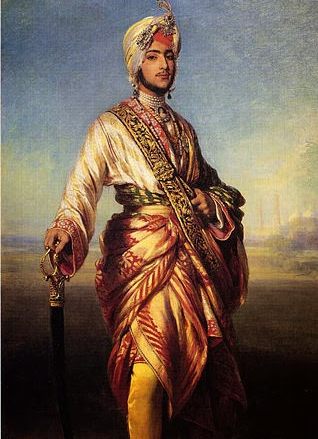
The nine-year-old Duleep Singh was kidnapped from his ancestral home and sent to England, where he was converted to Christianity, living like an Englishman with Queen Victoria. Maharani Jindan was dragged by her hair and thrown into the fortress of Sheikupura and then to Varanasi in Uttar Pradesh.
Being the intelligent queen of Maharaja Ranjit Singh, she disguised herself as a servant and escaped from the UP fort. She travelled miles on foot through jungles and crossing rivers into Nepal. Upon reaching Nepal, she received help from the king of Nepal where she was given a place to stay along with her Khalsa army.
Years later, they were reunited. The aura and power of a mother and the Queen of the Sikh Empire was so strong, it brought back Duleep Singh back to Sikhi, undoing the work of the British to ‘brainwash’ him.
Decedents of the Khalsa Empire and the work of SAF International in Nepal
As SAF International nears it’s 10th anniversary since starting operations in 2014, the journey has taken the organization to an area with a strong connection to the Khalsa Raj (Sikh Empire). The area on the border of modern-day Nepal and India – Nepalgunj, where the army of the Khalsa stayed while keeping guard for Maharani Jind Kaur.
These Sikhs stayed back and as of now, their population stands at 10,000. Nearly half of these people do not have access to education, safe drinking water, safe housing or a fixed job. Their children are married young and the follow main traits of the mainstream populations while calling themselves the proud Sikhs of Baba Nanak.
With Akaalpurkhs kirpa and the support of the sangat, SAF International has started our work in this area. Our work is still in the initial stages; therefore, we are not releasing much information on the details of our project.
As Baba Nanak ji also has a connection to this land while their third udasi, we feel obliged to work across the country. We plan to launch these projects by the summer of 2023. We hope the sangat can realize the power and potential we have as a Panth united under the work of SAF International – which has lots to plan/potential but a very limited budget to work within.
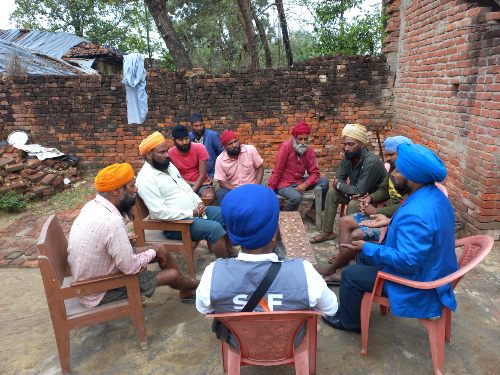
Article was written by: Shamandeep Singh
Shamandeep Singh is the founder & chief executive officer of the organization. He is available to speak on this and many other topics as a guest at Gurmat Camps or an event at a Gurdwara Sahib across the globe. You may directly get in touch with him through his social media.
More Stories
Resolution to Make Panjabi Mandatory in Panjab Schools Helps to Preserve History
Earlier this week, the Panjab Assembly passed a resolution that would make Panjabi a compulsory first language in all schools…
ਕੀ ‘ਚਾਇਲਡ ਸਪਾਂਸਰਸ਼ਿਪ’ ਪ੍ਰੋਗਰਾਮ ਦਾ ਕੋਈ ਫਾਇਦਾ ਹੈ ਜਾਂ ਪੇਸੇ ਖਰਬ ਹੀ ਹਨ?
ਸੱਚੀ ਪੁੱਛੋ ਤਾਂ 8 ਸਾਲ ਪਹਿਲਾਂ “ਚਾਇਲਡ ਸਪਾਂਸਰਸ਼ਿਪ” ਪ੍ਰੋਗਰਾਮ ਸ਼ੁਰੂ ਕਰਨ ਲੱਗਿਆਂ ਸਾਨੂੰ ਆਪ ਵੀ ਨਹੀਂ ਸੀ ਪਤਾ ਕਿ 35…
The Kissan Morcha and The Noble Harminder Singh
In December of 2020, Harminder Singh was returning home...



